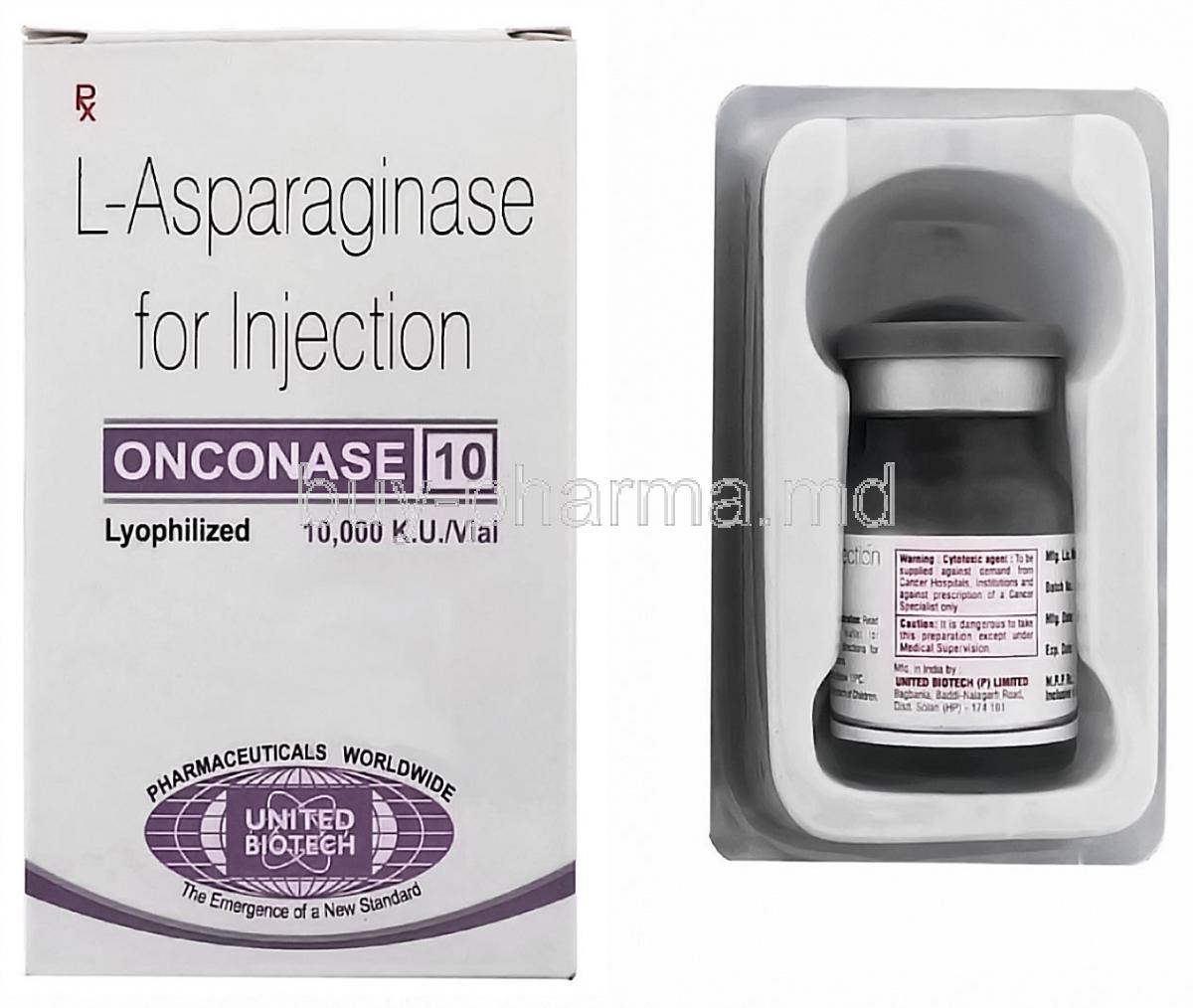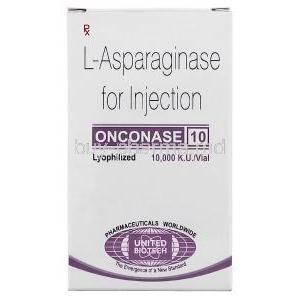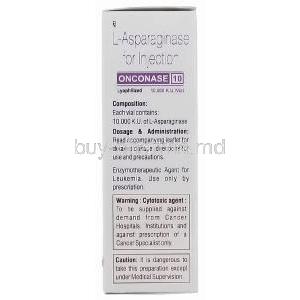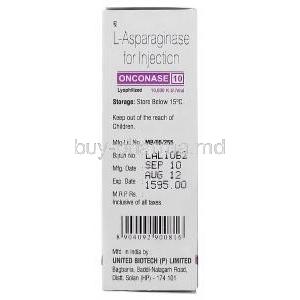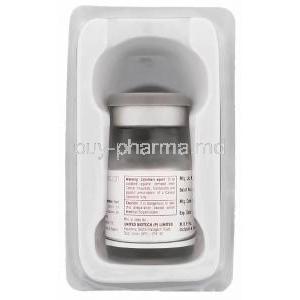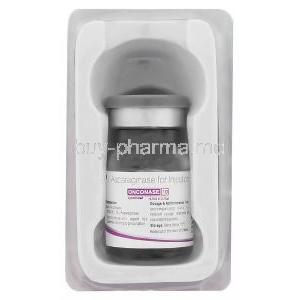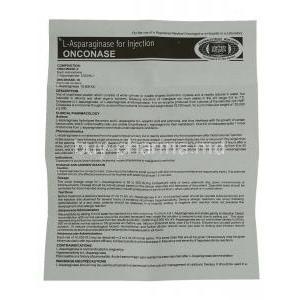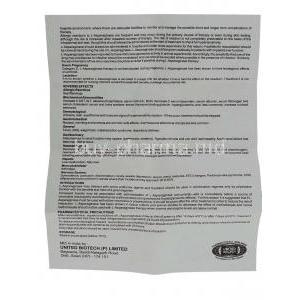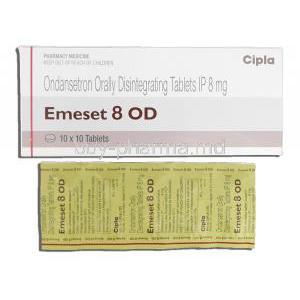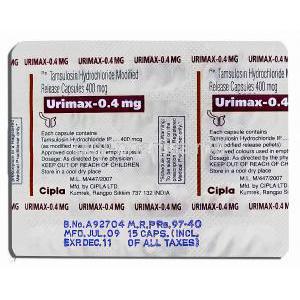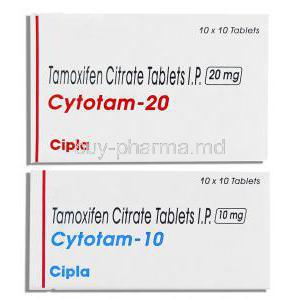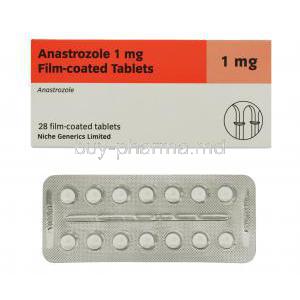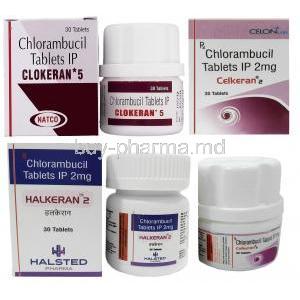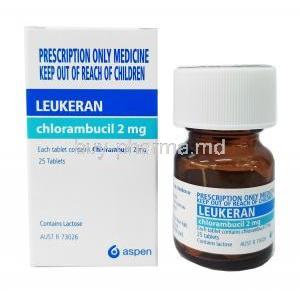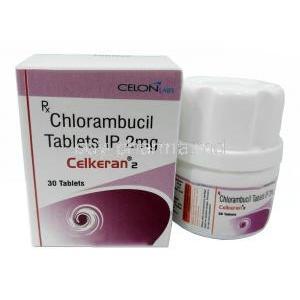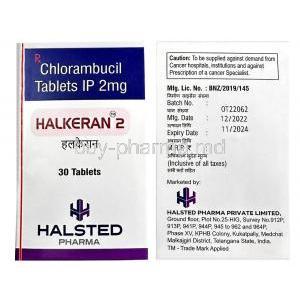Asparaginase
I. Introduction
The history and finding of Asparaginase; Asparaginase, an enzyme in medicine, was initially extracted from Escherichia coli and later recognized for its remarkable anti-tumor properties. Its discovery has significantly impacted cancer treatments equipping oncologists with a tool in their arsenal. Understanding the significance; Apart from its origins, the clinical importance of Asparaginase is unmatched particularly in cases of blood-related cancers. Its ability to selectively target and deplete vital amino acids, effectively disabling cancer cells' machinery, makes it an essential component in treatment protocols.
II. Uses
The FDA has approved Asparaginase for uses primarily recognizing its effectiveness in certain types of cancer. In treating Acute Lymphoblastic Leukemia (ALL), Asparaginase plays a role and significantly improves prognosis and survival rates. Although ALL remains its focus, Asparaginase is also used carefully in treating other types of blood cancers and solid tumors. Preliminary investigations have shown that Asparaginase may have therapeutic benefits beyond cancer treatment. It could be explored for managing diseases and might even play a role in addressing metabolic disorders. However, it's important to note that its main strength lies in its effectiveness against cancer.
References:
1: FDA Approves Rylaze for Childhood ALL - NCI - National Cancer Institute 2: FDA approves asparaginase erwinia chrysanthemi (recombinant) for … 3: FDA D.I.S.C.O. Burst: FDA approval of Rylaze
III. How It Works
Mechanism of action: It works by reducing the amount of asparagine. Asparaginase helps stop the growth and spread of cancer cells by breaking down asparagine into aspartic acid. This deprives those cells of the asparagine they need to grow and divide. Effects on tumor cells and healthy cells; While tumor cells become denied of asparagine and vulnerable, most healthy cells are unaffected because they can produce their asparagine. This targeted toxicity allows treatment focusing on cells, with minimal harm to surrounding healthy tissue.
IV. Off-Label Use
Off-label prescription refers to using medication for purposes, dosages, or patient groups that agencies have not officially approved. Sometimes doctors may resort to off-label drugs based on their clinical judgment and empirical evidence. Asparaginase's commonly used off-label for certain nonmalignant hematologic conditions and occasionally for rare solid tumors. There are both benefits and concerns associated with off-label administration. On the one hand, it can reveal therapeutic applications for medications. However, it also poses risks not thoroughly studied in FDA-approved clinical trials. Therefore physicians must exercise clinical judgment when undertaking such endeavors.
References:
1: Off-Label Prescription Drugs Use: Benefits and Risks - WebMD 2: What is off-label drug use? Risks, benefits, and examples 3: Off-label Drug Use and Adverse Drug Events in Adults
V. Dosage and Administration
Different conditions require dosages; Asparaginase has a range of recommended dosages. For Acute Lymphoblastic Leukemia (ALL) there is usually a treatment plan, but adjustments may be made based on the severity of the disease and the patient's characteristics. The common ways to administer Asparaginase are through intramuscular or intravenous routes, although ongoing research is exploring new delivery methods. It is essential to adjust dosages for populations such as children, older adults, and patients with other medical conditions to ensure effectiveness while minimizing risks.
VI. Composition
The primary component of the drug is asparaginase, an enzyme that plays a role in producing therapeutic effects. Other inactive ingredients and excipients are sometimes included to improve the drug's stability, solubility, or ease of administration, although they do not contribute to its effects. Over time various formulations and brands have been developed to meet clinical requirements ranging from the original Escherichia coli-derived version to PEGylated forms.
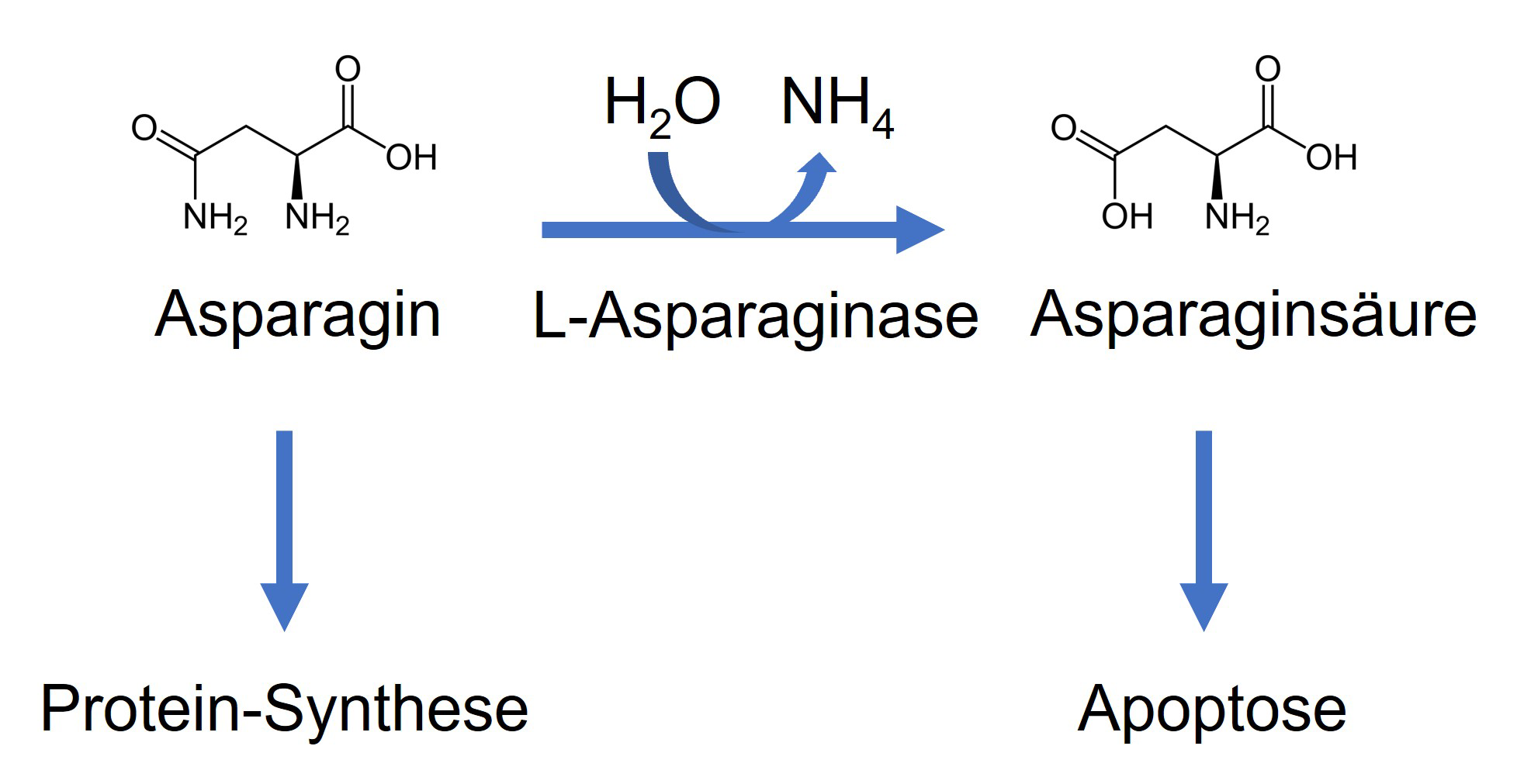
VII. Side Effects
Understanding how the body responds to Asparaginase, like any other medication, Asparaginase can cause various reactions in individuals ranging from minor to severe. The severity of these reactions depends on factors such as patient susceptibility and the dosage used. Regarding side effects, mild ones may include nausea or slight hair loss, while severe reactions can lead to life-threatening blood clotting events or anaphylaxis.
VIII. Common Side Effects
Frequent side effects often reported include increases in liver enzyme levels, mild clotting abnormalities, and allergic reactions. Monitoring patients and taking preventive measures is recommended to manage these side effects. Prompt interventions such as adjusting the dosage or providing treatment can help alleviate most of these adverse effects.
IX. Interactions
Possible interactions between drugs; When taking medications like anticoagulants or immunosuppressants at the same time, it could increase the adverse effects or reduce their effectiveness. As for interactions with food and lifestyle while specific food-related interactions are not well-understood choices related to our lifestyle, such, as consuming alcohol might increase the risks of liver damage.


